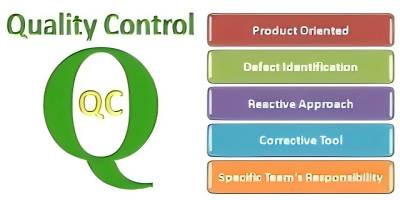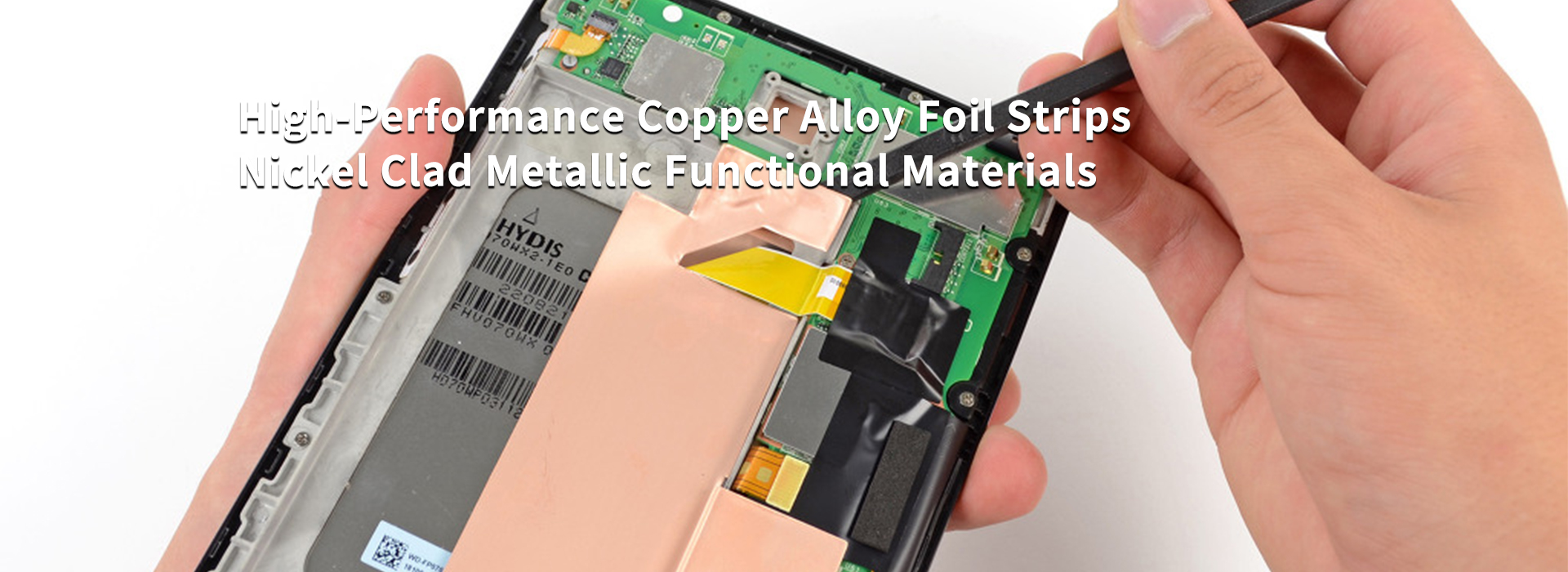 Quality Appraisal
Quality Appraisal
 HOME > TECHNOLOGIES >
HOME > TECHNOLOGIES >
Quality Identification of Copper Alloy Strip
2022-05-01
The quality identification of copper alloy strip mainly includes the following aspects:
Chemical composition analysis: Determine whether the content of copper, zinc, tin, lead, iron, nickel and other elements in the copper alloy meets the standard requirements. This is usually achieved through spectral analysis, mass spectrometry and other methods ;
Physical properties test: Evaluate the density, melting point, thermal conductivity, electrical conductivity and other physical properties of copper alloys to ensure that their basic physical properties meet the requirements of use ;
Mechanical properties test: including tensile strength, yield strength, elongation, hardness, impact toughness and other tests to evaluate the mechanical properties of copper alloys. These tests are usually carried out using tensile testing machines, impact testing machines, hardness testers and other equipment ;
Microstructure analysis: Observe and analyze the microstructure and grain structure of the copper alloy through a metallographic microscope to ensure that its microstructure meets the standard requirements ;
Corrosion resistance test: Evaluate the corrosion resistance of copper alloys under different environmental conditions to ensure their reliability in specific environments ;
Surface quality inspection: Detect cracks, holes, inclusions and other defects on the surface of copper alloys through visual inspection, magnetic particle inspection and other methods to ensure its surface quality ;
Testing standards
The quality identification of copper alloys needs to follow certain testing standards, such as:
GB/T 2040-2017 Copper and copper alloy plates, etc.
Special note: If the customer requires, our company can also issue a test report from an authoritative third-party testing agency .
Advantages of third-party testing agencies :
Third-party testing agencies have the following advantages in the quality appraisal of metal strips:
Professionalism and fairness: With a professional technical team and advanced testing equipment, we can provide high-precision test results, and as an independent third party, the test results are more fair ;
Comprehensive testing capabilities: Through the combination of multiple testing methods, we can comprehensively evaluate the performance of materials and ensure that product quality meets relevant standards and customer needs ;
Convenient service: Providing one-stop service from sample collection to the issuance of test reports, which greatly simplifies the company's testing process ;
Choosing a trustworthy third-party testing agency for quality appraisal can not only ensure product quality, but also enhance the market competitiveness of materials.
Chemical composition analysis: Determine whether the content of copper, zinc, tin, lead, iron, nickel and other elements in the copper alloy meets the standard requirements. This is usually achieved through spectral analysis, mass spectrometry and other methods ;
Physical properties test: Evaluate the density, melting point, thermal conductivity, electrical conductivity and other physical properties of copper alloys to ensure that their basic physical properties meet the requirements of use ;
Mechanical properties test: including tensile strength, yield strength, elongation, hardness, impact toughness and other tests to evaluate the mechanical properties of copper alloys. These tests are usually carried out using tensile testing machines, impact testing machines, hardness testers and other equipment ;
Microstructure analysis: Observe and analyze the microstructure and grain structure of the copper alloy through a metallographic microscope to ensure that its microstructure meets the standard requirements ;
Corrosion resistance test: Evaluate the corrosion resistance of copper alloys under different environmental conditions to ensure their reliability in specific environments ;
Surface quality inspection: Detect cracks, holes, inclusions and other defects on the surface of copper alloys through visual inspection, magnetic particle inspection and other methods to ensure its surface quality ;
Testing standards
The quality identification of copper alloys needs to follow certain testing standards, such as:
GB/T 2040-2017 Copper and copper alloy plates, etc.
|
Importance of testing Quality Control: Ensure that the chemical composition, physical properties and mechanical properties of copper alloy strips meet relevant standards and customer requirements, and improve the overall quality of the product ; Safety assurance: Through testing, potential defects such as cracks and inclusions can be discovered and eliminated to avoid safety accidents during use ; Improved durability : Evaluating the corrosion resistance and wear resistance of copper alloy strips helps determine their application range and service life, and improves the durability of the product ; Enhanced market competitiveness: Comprehensive and accurate testing services help our company improve product competitiveness and meet the market demand for high-quality copper alloy strips ; |
 |
Special note: If the customer requires, our company can also issue a test report from an authoritative third-party testing agency .
Advantages of third-party testing agencies :
Third-party testing agencies have the following advantages in the quality appraisal of metal strips:
Professionalism and fairness: With a professional technical team and advanced testing equipment, we can provide high-precision test results, and as an independent third party, the test results are more fair ;
Comprehensive testing capabilities: Through the combination of multiple testing methods, we can comprehensively evaluate the performance of materials and ensure that product quality meets relevant standards and customer needs ;
Convenient service: Providing one-stop service from sample collection to the issuance of test reports, which greatly simplifies the company's testing process ;
Choosing a trustworthy third-party testing agency for quality appraisal can not only ensure product quality, but also enhance the market competitiveness of materials.





